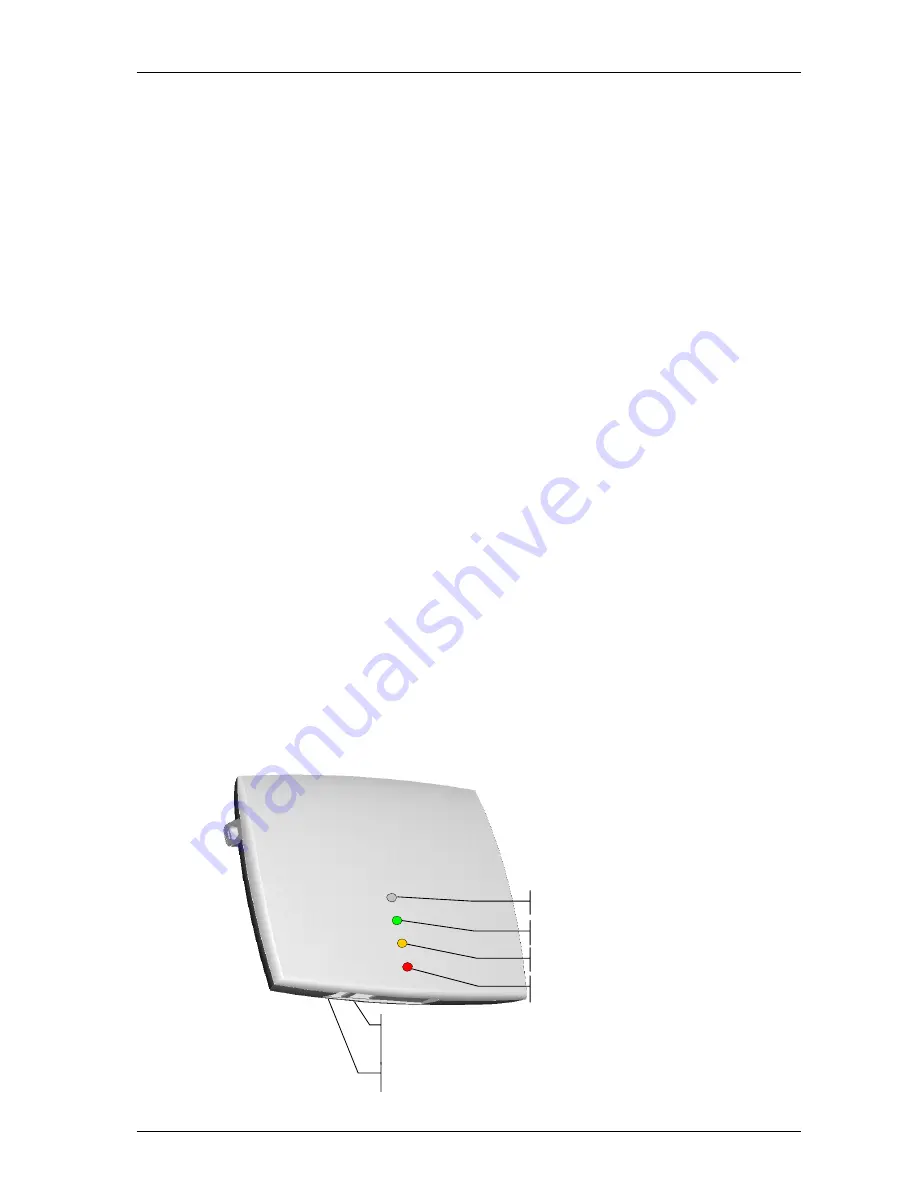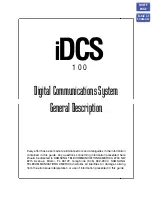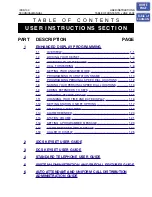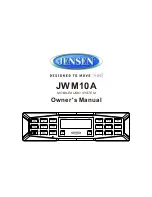
Installation, Administration and Maintenance
Aastra Telecom
Page: 10 (47)
RFP only mode
Within this mode the RFP converts IP protocol to DECT protocol and then
transmits the traffic to and from the handsets over a DECT time slot. On air
the RFP has 12 available time slots, 8 can have associated DSP resources
for media streams, the remaining 2 time slots are used for control signalling
between RFPs and the PPs, and 2 time slots are reserved for hand-in
purposes.
Groups of RFPs can be built which are named clusters. Within a cluster
RFPs are synchronized to enable a seamless handover when a user crosses
from one RFP’s zone of coverage to another. For synchronization it is not
necessary for an RFP to communicate directly with all other RFPs in the
system. Each RFP only needs to be able to communicate with the next RFP
in the chain. But it is preferable for a RFP to see more than one RFP to
guarantee synchronization in the event that one of the RFPs fails.
The 2 control signalling channels are also used to carry bearer signals that
signal the handset to start the handover process. If the radio signal of
another RFP is stronger than that of the current RFP, then the handset starts
the handover process to the RFP that has the stronger signal as the user
moves around the site.
OpenMobility Manager mode
In this mode a RFP functions as a regular RFP. Additionally it is responsible
for SIP signalling between the IP DECT system and the telephony or media
server. Further on it takes over the management part of the IP DECT
solution. You designate a RFP as the OMM by assigning an IP address to
the RFP within the DHCP scope (see 3). After a RFP is designated as the
OMM, it starts the extra services on board (for example, the web service that
supports the management interface). All RFP’s download the same firmware
from a TFTP server but only one RFP activates the OMM services.
Note: It is possible to deactivate the DECT part of a RFP. If the DECT
interface is deactivated then the resources (CPU and memory) are available
for the OMM.
Power jack (120 V/230 V AC adapter)
Ethernet jack
Power supply in line with Power over LAN™
standard IEEE 802.3af
LED red (Booter)
RFP32
LED orange (Application)
LED green (Application)
Unused LED










































